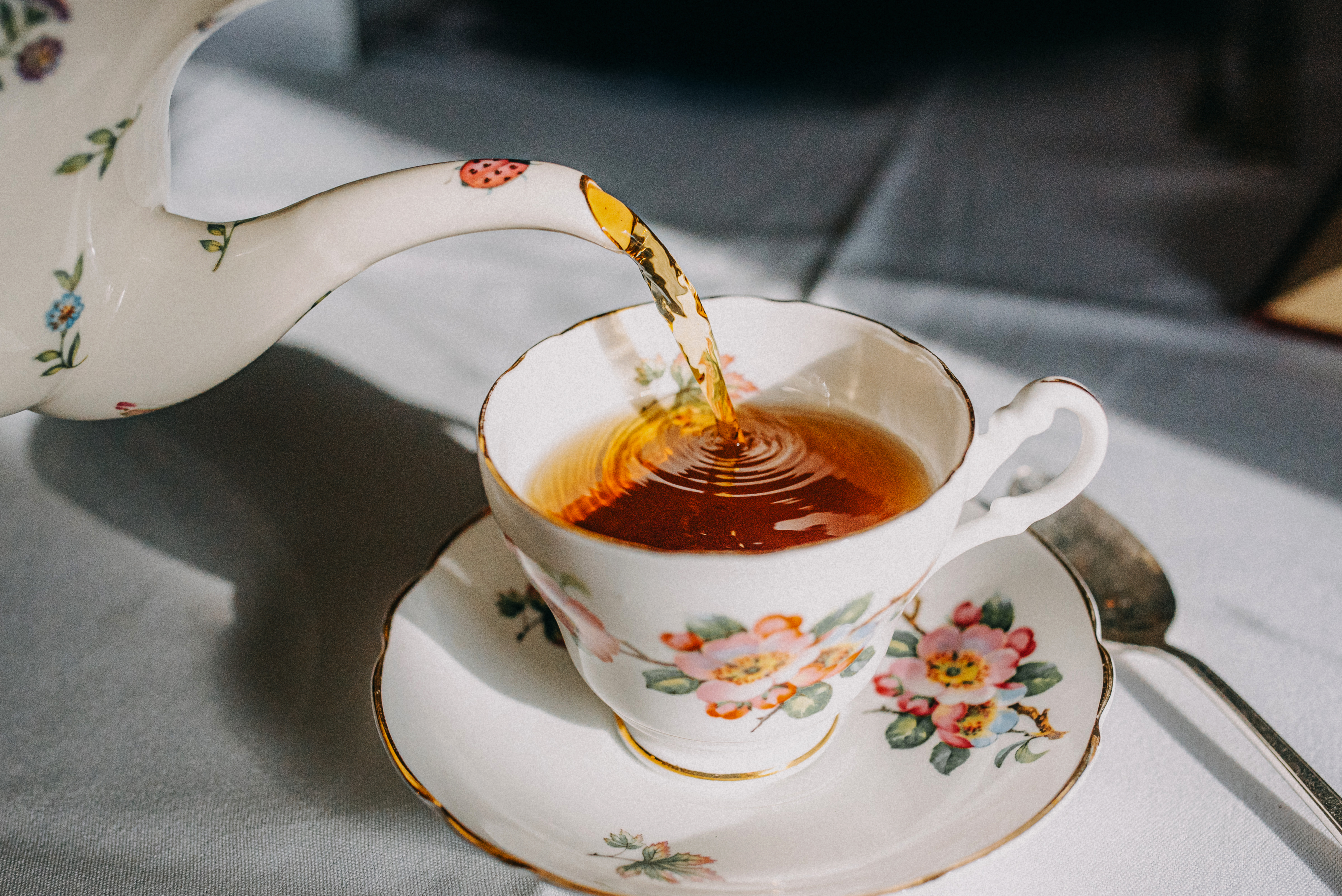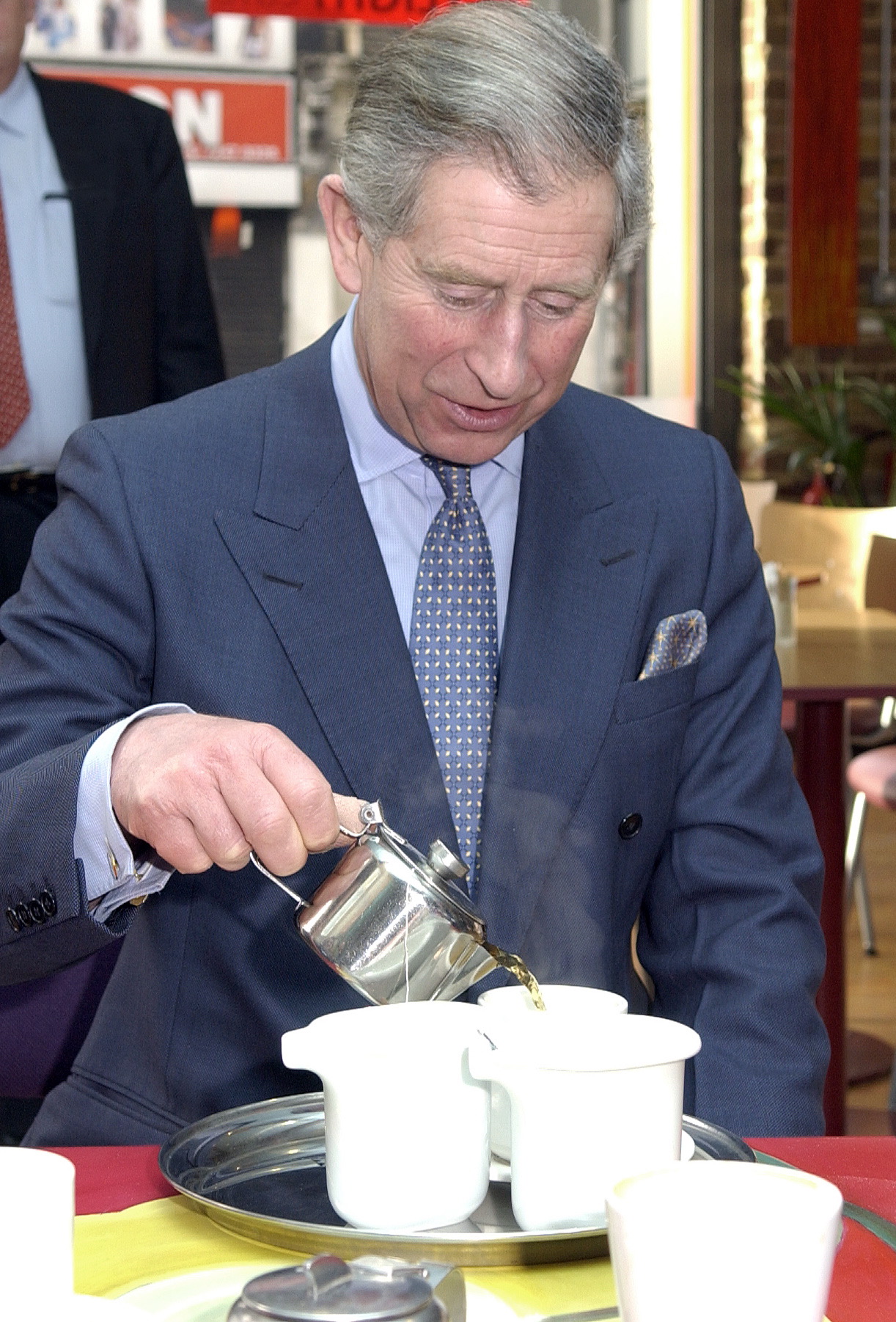11 golden rules for making a perfect cup of tea
We drink tea every day, but are we doing it correctly? Who decided on the rules and do they really matter? Jonathon Jones reveals all.

Britain's love affair with tea began in 1662, when Charles II’s Queen, Catherine de Braganza, introduced it to the English Court. Since then, the members of the Royal Family have set the rules of tea etiquette, with the world following their lead. If you are served ‘milk tea’ in Japan, it is because they have seen the royals add milk to black tea. They may even copy The King by adding milk to Earl Grey, nicely dismissing a tea taboo.
The most significant moments in life are often accompanied by tea. It may surprise even American readers to know that White House presidential transitions take place over a cup of tea. Amid the weight of history, diplomacy and the world’s watchful eyes, do presidents worry about pinkie placement — or are they simply focused on not spilling tea on themselves?
From British-style tea rooms in China to the White House, tea etiquette starts here and continues to evolve. At its heart, it is about how best to enjoy a simple pleasure. After all, a perfectly brewed cup, sipped either in good company or in solitude, is one of life’s great joys. Whether you prefer a builder’s brew or an exquisite Darjeeling, applying a few basic dos and don’ts will ensure that you sip in fine style.
11 golden rules for drinking tea — and eight things you should never do
• Use loose-leaf tea when possible
It allows the leaves to unfurl, releasing a richer flavour.
• Warm the teapot first
Swirling hot water in it before adding tea keeps the temperature consistent.
Exquisite houses, the beauty of Nature, and how to get the most from your life, straight to your inbox.
• Turn down the heat
Higher-quality teas benefit from slightly cooler water temperatures — try 85˚C/185˚F and a longer infusion time to taste the difference.
• Mind your milk
The debate rages on: milk first or last? Historically, milk went in first to protect delicate chinaware, but, today, many prefer adding it second to control strength. Either way, tea is the biggest supporter of the dairy industry.
• Stir correctly
Move the spoon back and forth, rather than creating a whirlpool.
• Hold your cup properly
There is no need for the pseudo-aristocratic pinkie. Hold the handle between thumb and forefinger, with the middle finger supporting underneath.
• Match the tea to the moment
English Breakfast for the morning; Earl Grey for afternoon elegance; and chamomile before bed.
• Drink quietly
Unless you happen to be a professional tea taster, avoid slurping. However, I believe it’s a ‘do’ to slurp when alone or in the company of tea connoisseurs.
• Enjoy the ritual
Tea is more than a drink — it’s a pause in the day, a moment of civility.
• Respect the biscuit hierarchy
Some biscuits are built for dunking, others are not. A sturdy digestive or a ginger nut can take the heat, but a delicate shortbread? Disaster awaits.
• Experiment
The tea scene is evolving, with speciality brews, bubble tea and wellness infusions gaining popularity. Look out for new etiquette developing around the ready-to-drink styles — for instance, sparkling tea is best served chilled. The styles and complexities of tea exceed those of wine.

Milk first, or add it afterwards? Royal photographer Tim Graham diplomatically avoided the angle that would have shown His Majesty's preference when he visited a London café in 2005.
What not to do with your tea
• Leave the spoon in the cup
Stir, then place it neatly on the saucer.
• Over-dunk biscuits
A second too long and you’ll be fishing out soggy crumbs.
• Microwave your tea
If it’s gone cold, make a fresh one. Microwaving dulls the flavour.
• Squeeze the teabag
It can release bitter tannins, spoiling the balance. Like much etiquette, this one is about being seen to do the right thing. If your preferred tea can withstand a squeeze without being bitter, then do it discreetly.
• Rush the process
A good pot takes time. Black tea needs 3–5 minutes; green tea needs perhaps two.
• Ignore your company
Tea is social. A good host ensures everyone’s cup is full before refilling their own.
• Confuse ‘high tea’ with ‘afternoon tea’
High tea was a hearty meal for workers; afternoon tea is a refined affair with scones and finger sandwiches.
• Dismiss personal preference
The phrase ‘not my cup of tea’ reflects British politeness — everyone’s perfect brew is different.
Jonathon Jones OBE is a tea grower and expert who developed the UK’s first home-grown tea company, Tregothnan, in Cornwall. He discovers teas from around the world, finds new flavours and cultivation techniques, and takes English tea to Asia, and is a regular contributor to Country Life.